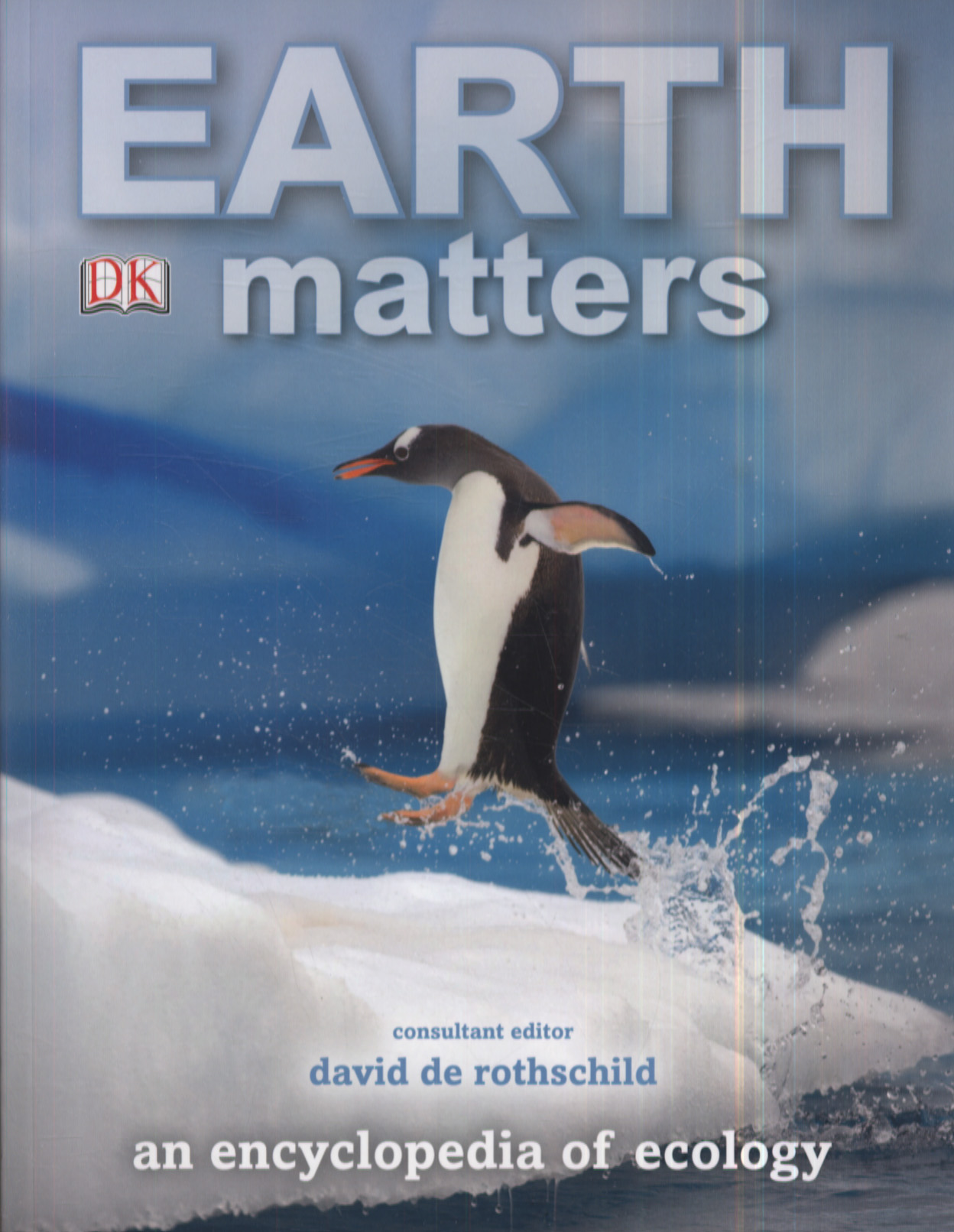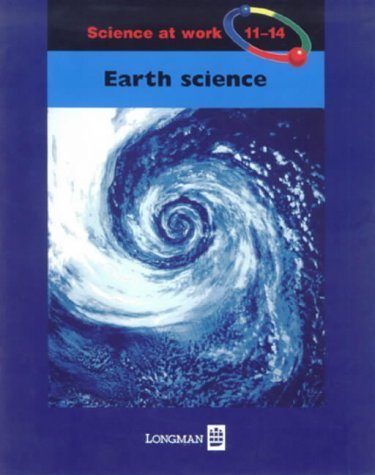Resources
Earth Math
This series of activities from NASA take a mathematical approach to looking at the Earth and its atmosphere. They are intended as supplementary problems for students looking for additional challenges in mathematics and physical science from age 11 to 19 years.
The problems were created to be authentic...

Discover all about our incredible world and how to look after it. Introduce children to our planet in all its glory with inspiring foreword by eco adventurer David de Rothschild. From the deepest oceans to fiery...
Earth observation - STEM Clubs Hour 2024 activities
These activities have been designed to help pupils understand the different applications of satellites in the field of Earth observation, and how the field of space science allows us to monitor changes in environments and wildlife populations across the planet.
Grid Coordinate Mapping: This...
Earth rocks and space rocks
In this activity, pupils will consider some properties of different rocks. They will also learn about classifying, or sorting things into groups to help them identify which rock is which. They can then take a closer look at the meteorites, tektite and ammonite in their sample boxes. There are two versions of the...
This item is one of over 25,000 physical resources available from the Resources Collection. The Archive Collection covers over 50 years of curriculum development in the STEM subjects. The Contemporary Collection includes all the latest publications from UK educational publishers.
The Earth is more than 4000 million years old. This book aims to provide a better understanding of the many processes involved in its formation, by examining the clues in rocks, soil, beaches, rivers and sky.

This series, designed for Key Stage 3, caters for all abilities through an easy-to-use format. It encourages exploration and investigation, relating science to everyday situations and features step-by-step guides to...
Earth Science *suitable for home teaching*
This is a selection of resources from the Association for Science Education (ASE) which support earth science teaching for students aged 11-16. Rock cycle: A PowerPoint template that students use to produce their own ICT presentation based on the formation of the different types of rock. This is approached...
The films in this collection look at how scientists study volcanos. The films contain footage of volcanoes erupting and cover areas such as the formation of islands, types of eruption, the structure of volcanos and whether we can predict eruptions.
Part of a series of science textbooks designed for the National Curriculum. Targeted at the average and below average ability student, it also includes extension materials to Level 7 and higher. This student's book provides information, practical investigations and questions.
